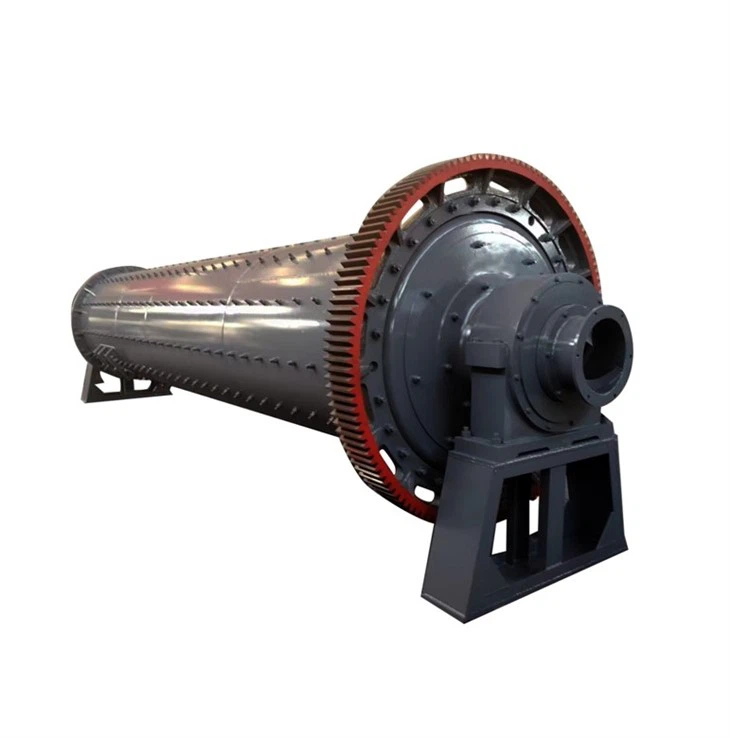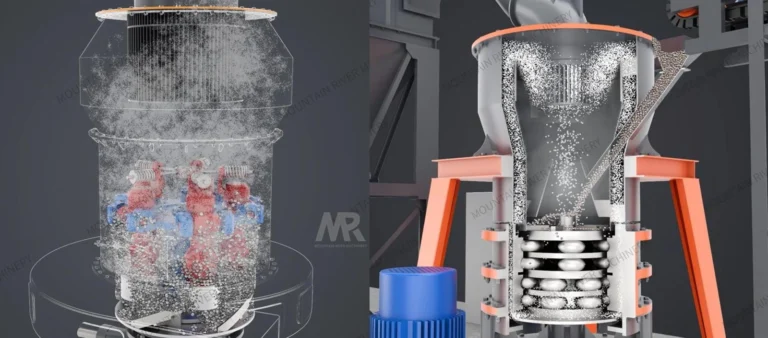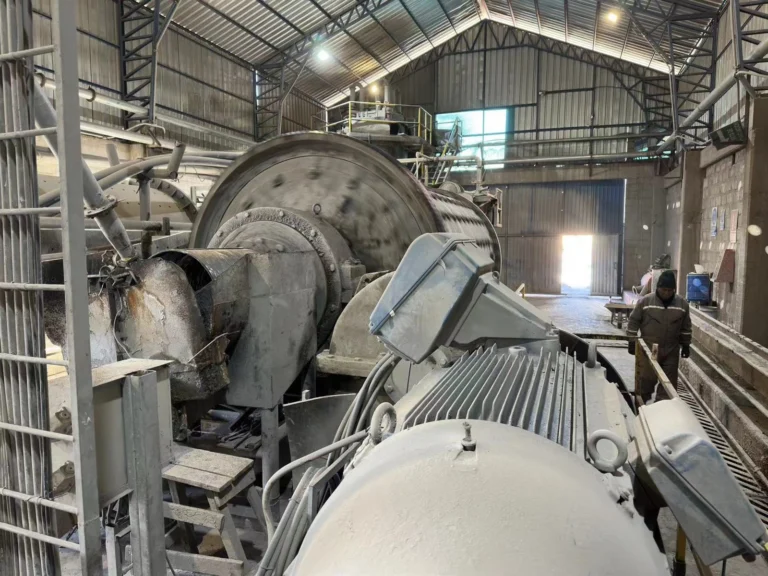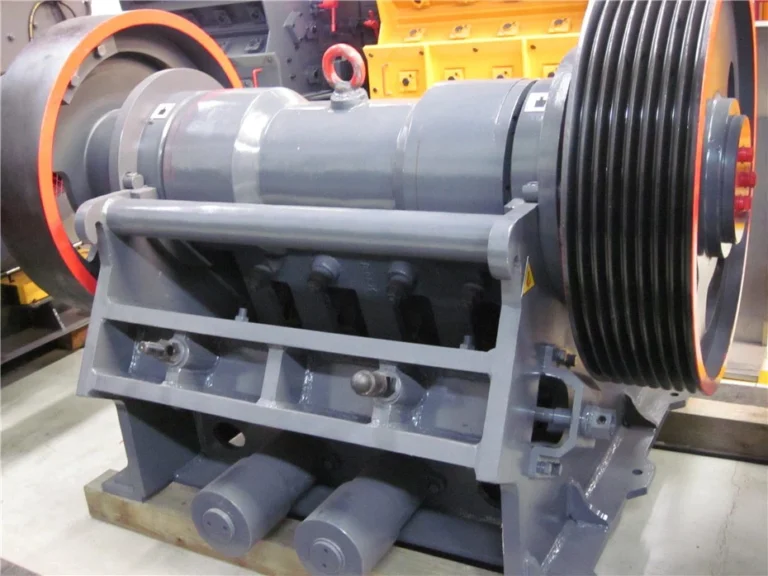What are the Safety Precautions in Dry Ball Mill Operations?
Safety precautions in dry ball mill operations are crucial to ensure the well-being of personnel involved in the process and to prevent accidents that can lead to injuries or damage to equipment. Dry ball mills are powerful machines that operate at high speeds and under significant mechanical and thermal stresses. Implementing the right safety measures is essential to mitigate risks. Here are important safety precautions to consider when operating dry ball mills:
1. Personnel Training:
Before operating a dry ball mill, all personnel involved should receive thorough training on the machine’s operation, safety procedures, and emergency protocols. Proper training ensures that everyone understands the potential hazards and how to respond to them.
2. Personal Protective Equipment (PPE):
All personnel working in the vicinity of the dry ball mill should wear appropriate personal protective equipment. This may include safety glasses, hearing protection, gloves, and appropriate clothing to protect against dust and debris.
3. Equipment Inspection:
Conduct a comprehensive inspection of the dry ball mill before each use. Check for loose or damaged components, worn-out parts, and any signs of wear or fatigue in critical areas like the motor, bearings, and drive systems. Replace or repair any damaged parts promptly.
4. Lockout/Tagout (LOTO):
Implement a lockout/tagout procedure to ensure that the mill is completely de-energized and cannot be started accidentally during maintenance or repair activities. This procedure is crucial for the safety of maintenance personnel.

5. Dust Control:
Dry ball milling generates dust, which can be harmful if inhaled. Implement effective dust control measures, such as dust collectors or ventilation systems, to minimize airborne dust levels. Dust masks may also be required for personnel.
6. Safety Guards and Interlocks:
Ensure that the dry ball mill is equipped with safety guards and interlocks to prevent access to moving parts while the machine is in operation. These guards should not be bypassed or removed during operation.
7. Emergency Stop:
Install emergency stop buttons within easy reach of the operator and other personnel. In case of an emergency or malfunction, the mill should be immediately shut down using the emergency stop controls.
8. Regular Maintenance:
Schedule and perform regular maintenance on the dry ball mill as per the manufacturer’s recommendations. Proper maintenance helps ensure the machine operates safely and efficiently.
9. Inspect Electrical Systems:
Regularly inspect the electrical components of the mill, including wiring, switches, and control panels. Damaged or frayed electrical components should be repaired or replaced promptly to prevent electrical hazards.
By adhering to these safety precautions in dry ball mill operations, mining companies, and manufacturing facilities can minimize the risk of accidents and injuries. Safety should always be a top priority to create a secure working environment and protect the well-being of personnel and equipment. Regular training, maintenance, and a commitment to a safety culture are essential elements of safe dry ball mill operations.






